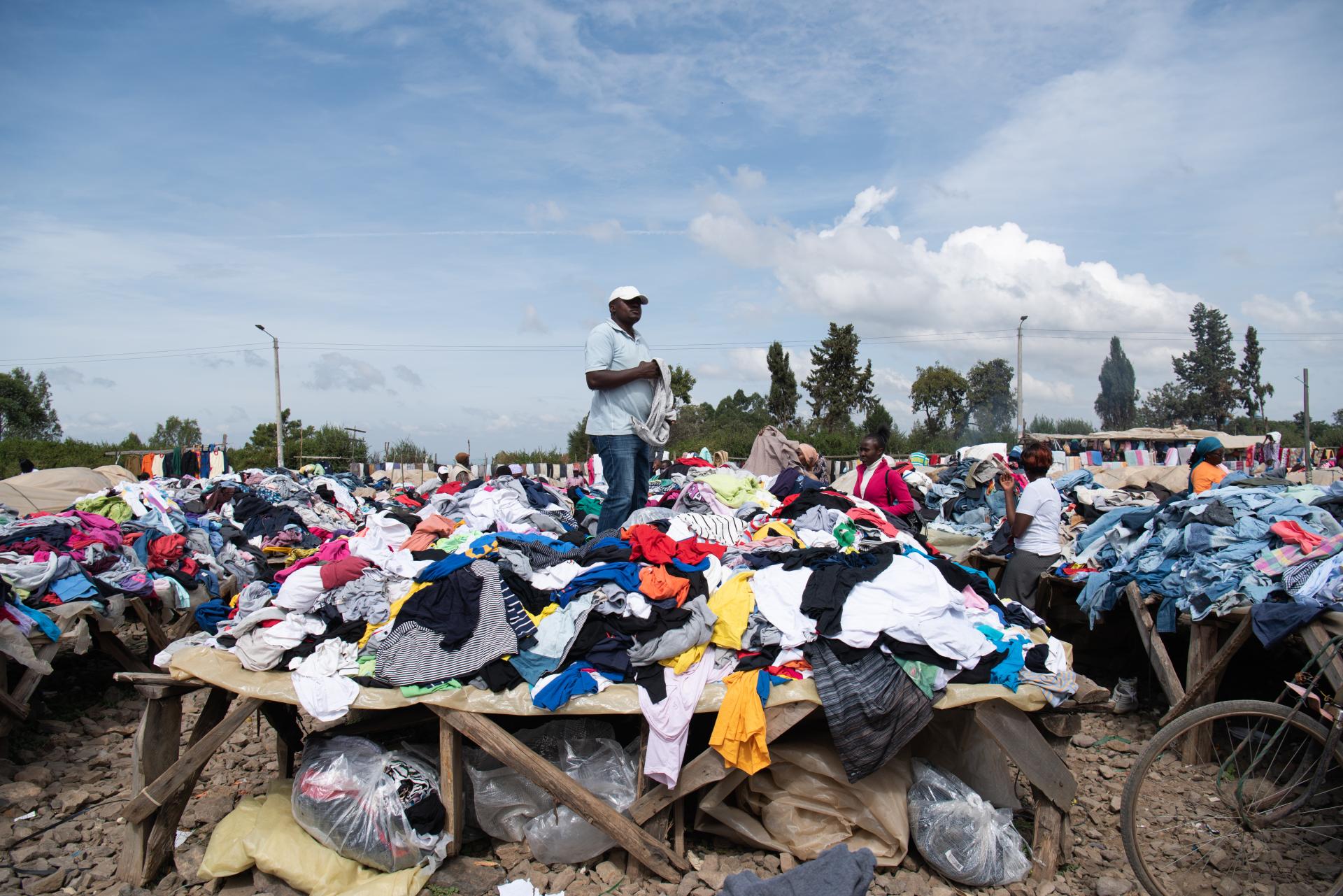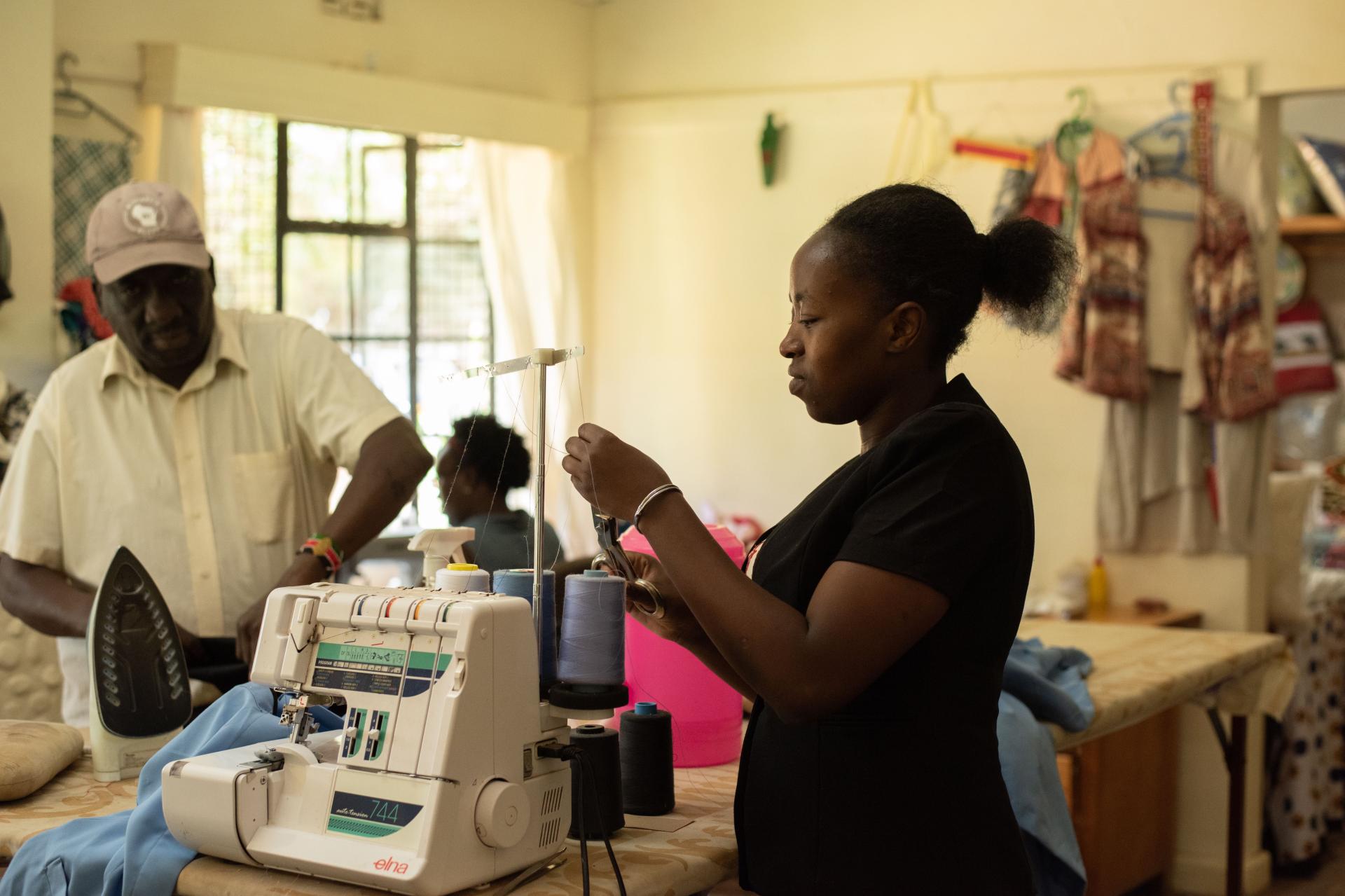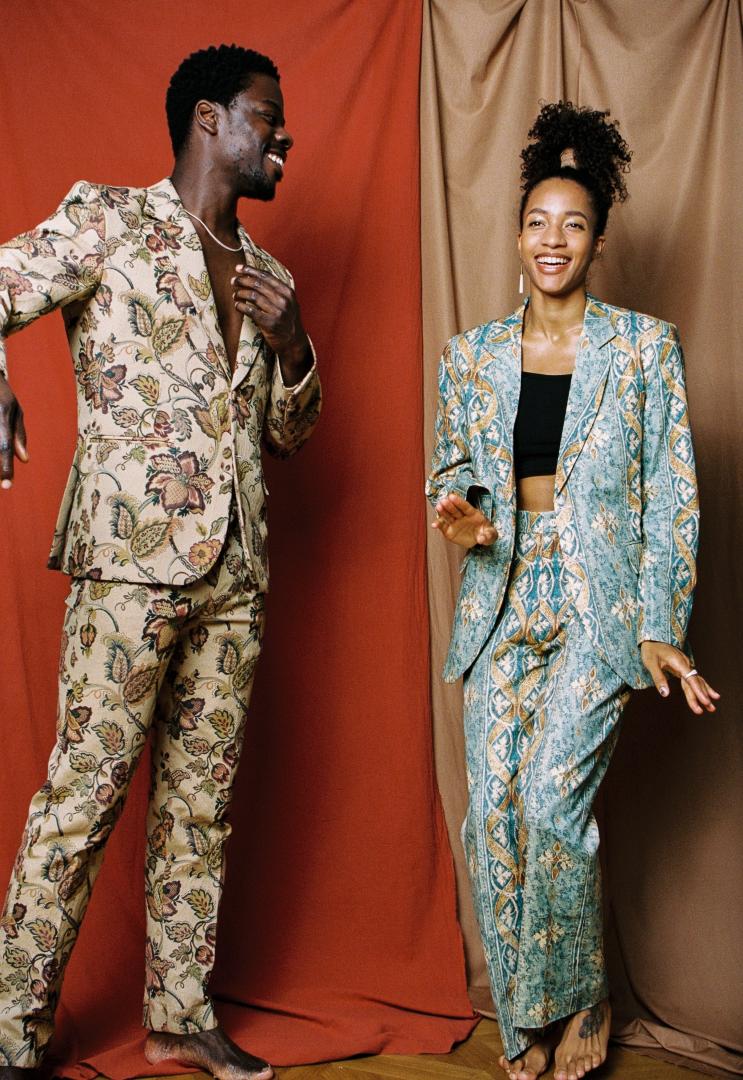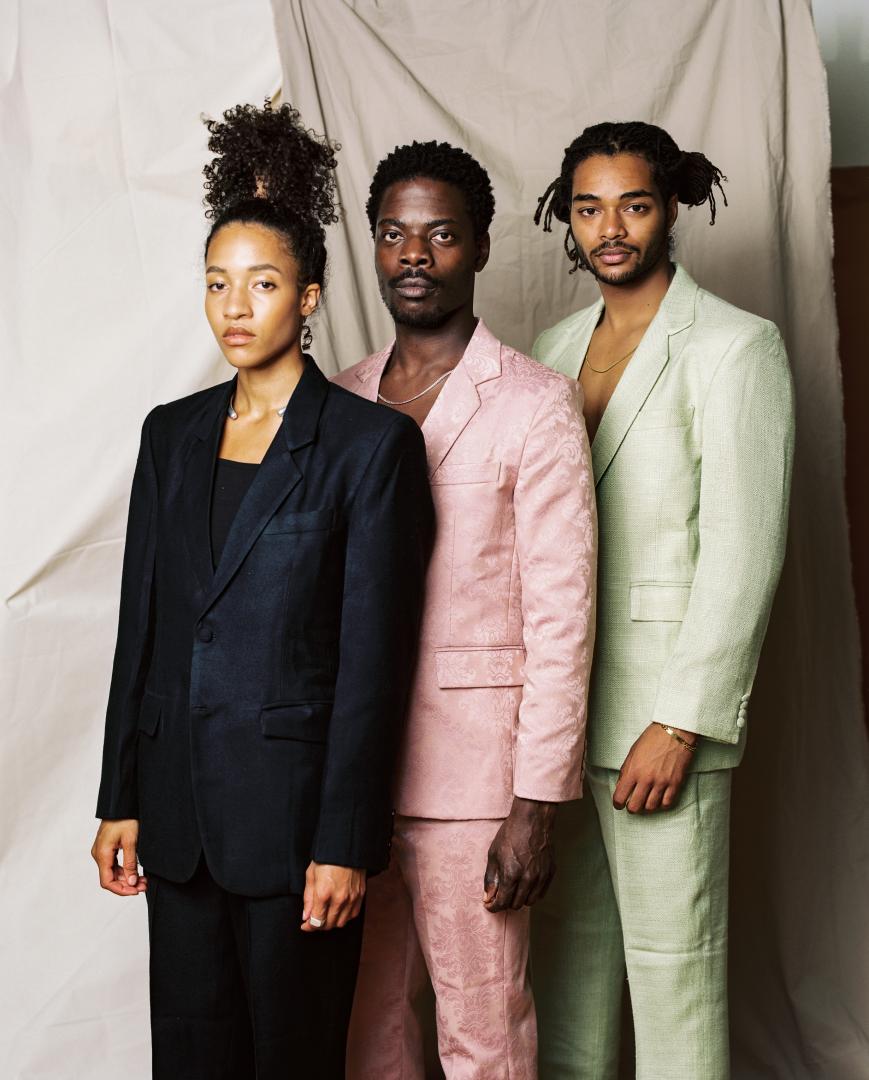EMEKA - Circularity made in Africa
Basic information
Project Title
Full project title
Category
Project Description
What happens to your old clothes once you drop them in donation boxes?!
They get shipped to Africa, where they flood the African market, preventing the local textile industries to grow, putting many tailors out of work, and ending up polluting the African environment.
EMEKA employs local tailors in Kenya and Ghana to repurpose these second hand clothes. We collect fabrics from the second hand markets and upcycle them into unique clothing, while providing jobs for those in need. Full circle.
Geographical Scope
Project Region
Urban or rural issues
Physical or other transformations
EU Programme or fund
Which funds
Description of the project
Summary
We have a twofold aim: On one hand we want to create clothing that is truly innovative in the way it is made and hence unique to those who wear it; on the other hand we want to create lasting change to African communities by providing jobs, opportunities and empowerment through their crafts and talents.
Our clothing is based upon the idea of resourcefulness. We use what is already there and upcycle materials that otherwise would be considered waste. Therefor we aim towards a more circular understanding of business and create an awareness for the environmental impact of the clothing industry.
Our business is rooted in Africa and seeks to bring change to its people and communities. We seek to overcome post-colonial supply-chains and create empowerment through ownership and employment. Emeka is a black-owned business employing local tailors in East and West Africa. This is not just important to change the narrative and stigma around the black community, but especially important for those people who otherwise have very little opportunities to obtain work and support their families.
All in all we want to create clothing that is unique in its looks and powerful in its impact.
Key objectives for sustainability
Building a bridge between the byproducts of western consumption and the African re-invention of such products is necessary to create sustainable solutions for second hand clothing. Together with local Tailors in rural Kenya we've built a production chain that reinvents the second hand clothing industry and strengthens the African economy. On the second hand markets we collect fabrics (mainly curtains) to upcycle into new clothing items.
Through this approach we create one of a kind and truly special pieces that embody the spirit of circularity and equality. Selling them to people of all ages, body types and ethnicities. With a strong visual language and outstanding brand identity, EMEKA is creating a culture and a lifestyle around the idea of resourcefulness. Changing our global clothing narrative, while creating a stream of income back to the African communities.
EMEKA is an example of how resourceful thinking and the consideration of social challenges can be main driving forces of design decisions. We start our designing process from where other designs end; and seek to not just close the loop, but also create product that is ethical and aesthetically on eye-level with the big fashion brands.
Key objectives for aesthetics and quality
As mentioned, we are creating clothing that is unique and outstanding in its design. From the first look you might think our suits look similar to the designs from Gucci; only then to learn that our suit was once a discarded curtain.
Additionally, we put a big emphasize on our visual language and brand identity. The photo and video campaigns we were able to create have been featured in major magazines such as Vogue, Hapar's Bazaar, GQ and more. This is important because it shows that through our strong aesthetics we are able to bring the topic of circularity and equality to the main stage of fashion. One could say "we make it look cool". And making sustainability and ethical working environments look cool is a key factor to making it mainstream ; and that's where real change starts to happen.
Key objectives for inclusion
We have several areas of inclusion:
Design: Our designs are oversizes and/or adjustable (through straps etc.) That way our products become accessible to a variety of body types and sizes.
Production: We produce in Africa in order to create employment; often for people that live in the slums and have little education. We recently started to work with women-led factories that are part of the EAA (ethical Apparel Africa) ensuring fair pay and workers rights. We are so passionate about Africa, because we believe that Africa has a lot to offer and needs to be included more in the global trade.
Models: We speak to a diverse customer group. That's why our models are often BIPOC. Also our photo and film crews are BIPOC led. We are a black-owned company which makes these inclusivity decision very natural.
We are exemplary in this field because our brand is not willing to sacrifice ethics and inclusivity for profits or faster growth.
Results in relation to category
We have upcycled hundreds of meters of fabric that otherwise would end up on the African dumping sides.
We have brought circularity to the main stage of fashion, through strong visuals and powerful story-telling.
We currently employ 8 tailors in rural Kenya and are looking to expand to Ghana where we’re hoping to employ 50-60 seamstresses.
How Citizens benefit
Basically we receive our materials from the civil society. Whenever people throw old clothing away or give it to „charity“, they indirectly provide the material which we repurpose.
Also we were lucky to be well received on social media. People have been sharing our story a lot, which has brought a great deal of attention to us and awareness to the cause.
Physical or other transformations
Innovative character
We start where others end. The typical fashion brand produces large quantities of virgin fabrics, which needs a lot of natural resources and involvement of chemicals. We take what is there already and use a creative approach to redesign what others consider waste.
We highlight our workers, rather than hiding their working conditions. We are very proud to produce in Africa and provide employment for those in need; and we believe it is important to show who is behind the clothes that you wear.
Learning transferred to other parties
The results and teaching we have gotten from this project might be very beneficial for other fashion brands.
We have developed ways of upcycling that could help other brands approach their fabric waste from a different angle. We used oversized looks with straps to change sizes, so that one size can fit many; that way less size variety needs to be produced, hence there will be less products in circulation.
We also developed patterns for smaller items (such as hats and bags), which can be used for fabric off-cuts that are left over after a bigger production. With these patterns one can make use of small pieces of fabric, which otherwise would go to waste.
The biggest benefits though, would be the proof of fashionability of circular fashion. So far, most sustainable or upcycling brands are running behind in aesthetics. Our brand has proven that upcycled clothing can very well be aesthetically pleasing and live up to certain fashion standards.
The key here is communication. Through storytelling we were able to grow our social media from 0 to 5000+ followers in less then 5 months without any investments. Also we were featured in every major fashion magazine and took part in Berlin Fashion Week three times. Transferring these results to other projects would include: strong focus on creative direction, social media marketing, innovative design decisions that aim towards a circular outcome, and a passion for educational content creation.
In the end we need to bring the topic of circularity to the mainstream in order to have bigger impact. And that process starts with strong storytelling, visual language, and education. We believe that our project has contributed to this process, though the path is still long. Sharing our process and learnings might help the move towards a circular future. A future we can only achieve in collaboration and co-creation.




